Easy Swaps For a Cleaner and Greener Bathroom
Do you want to make your bathroom a more sustainable and eco-friendly place to be but it all feels so overwhelming? I’ve got lots of ideas below that will save you time, money, and resources and will make you proud to share your conscious bathroom solutions.
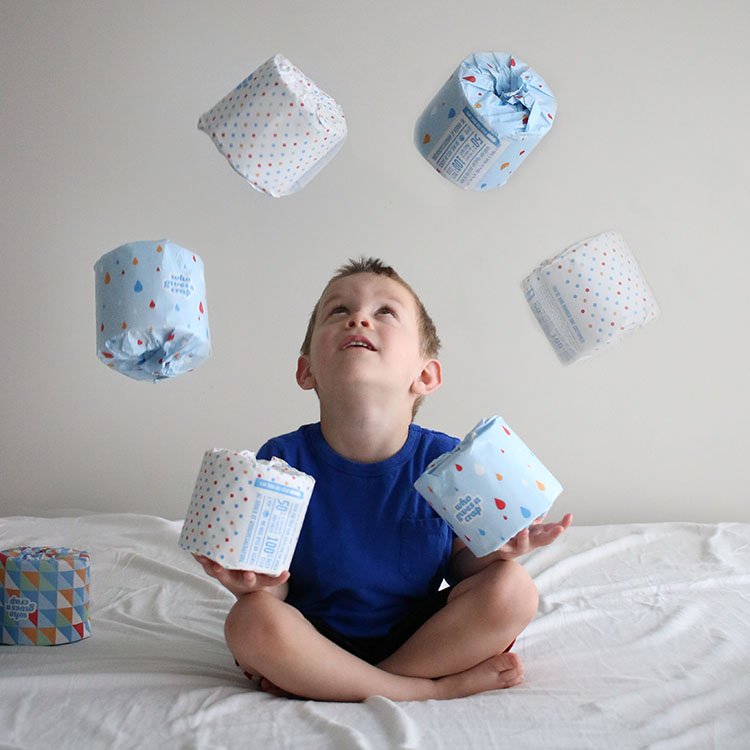
Raise your hand if you have a junk drawer in your bathroom? Or maybe at least a drawer full of random samples and things that you never, ever touch? Bathrooms seem to be an easy dumping ground for a lot of clutter. Hotel samples, old beauty products, travel size products, old towels, expired sunscreen, you name it. We can find everything except an extra hair tie (because those seem to vanish into thin air on the regular).
Despite not touching half of what’s in the bathroom in years, we hold on to it just in case. We may want that extra shampoo, the old mascara, or the foundation that looked fancy but wasn’t exactly the right shade at some point, right?? In a pinch, we might want an extra towel, and we’re definitely going to use the sunscreen next year. Who cares that it’s expired?!
Instead of letting our bathrooms becomes collection centers for all sorts of unwanted and wasteful products, what if we made the place where we get clean also the cleanest and simplest place in our house? Read on for a handful of ideas about how to make your bathroom a simpler, less stressful and more eco-friendly space.
But First, What Doesn’t Float in the Toilet Bowl (a.k.a. Rise To The Top)
Before we get started, I wanted to mention a few things I didn’t address. While we all know that, in theory, organic and cleaner beauty products are better for us, the market is vast and success with the products is unique to the individual. Which products meet certain qualifications is also up for debate at times. I’m going to pass on suggesting specific beauty brands or products in this post. This topic warrants an entire blog (or at least a handful of blog posts) as well as years of personal trial and error.
I’m generally cautious of products that trade one waste for another. For example, certain “zero garbage waste” products require much more water usage. I’m not an expert on comparing water usage in the production of floss, for example, to water usage required by a water pic during regular consumer use. I do know, though, that a water pic requires far more water than regular floss (i.e. none) when I’m using it each day. I much appreciate that we need to limit input to our landfills, but I also know that clean water shortages are a very real thing.
I take no issue with those who have a strong preference for one type of conservation over another. Reducing our waste in all capacities is very important, so I’m proud of anyone passionate about reducing the excessive resource burdens we place on our planet. For me, however, the jury is still out on these types of “zero garbage waste” products that consume more energy or water. If you love to floss, floss away. If you’re on Team Water Pic, by all means, enjoy your thing. For this post, I chose to focus primarily on ideas that decrease the consumption of our resources overall.
Lastly, I prefer to focus on one-time investments or simple swaps that offer a good ROE, or “return on effort”, my personal measure for deciding whether or not to invest my time and money in a particular sustainable practice. If you’re a regular around here, you know that I don’t lead a “hardcore” minimalist or eco-friendly life. Instead, I use such principles as guardrails and benchmarks against which to assess my options.
We all live in a world of trade-offs and competing priorities. We can’t be die-hard purists about every mission or passion we pursue. In my journey to live a more sustainable and intentional lifestyle, I generally stick to the lifestyle changes that give me the best ROE (or bang for my buck). This means that many tedious DIY alternatives don’t make the cut for me, especially if I’m going to have a hard time getting my family on board to use them. DIY toothpaste, anyone? That’s not a battle I’m willing to fight with my kids.
So then, what is worth changing in the bathroom?
Create Space For the Right Things
Here’s your first step to a more sustainable and stress-free bathroom.
Dump it. Donate it. Trash it. Toss it. Get rid of it.
And don’t replace it!
If you haven’t used it in a long while, you’re not going to.
All the extra little things take up space, create stress when we have to dig around them to find what we actually want, and probably cost us more money in the long run. Any chance you’ve spent money on bins and buckets to organize stuff or invested in a bigger bathroom with more drawers or a larger linen closet to fit all the things you’re collecting? Have you ever bought something only to realize you already had seven of them buried under clutter? Storage and over-buying expenses are often more than the cost to replace an item or two if, in fact, you end up needing it someday.
Although somewhat counter-intuitive, it’s easy to spend more money housing and saving things “just in case” than replacing the small percentage of those things we actually end up needing after throwing them out.
A simple step to a simpler bathroom (and life): Let. It. Go.
Most of the clutter in a bathroom doesn’t carry a lot of sentimental value. Do those generic hotel shampoo bottles really hold important memories? Hopefully, it’s easier to part with most bathroom “collections” than some of the piles gathering dust elsewhere around your home.
There may be some expensive items languishing at the bottom of a drawer, but those costs are sunk; they’re spent whether you keep the product or not. Don’t hold on to something you don’t use or dislike just because it was expensive at one point. Regardless of the price tag, it’s no longer providing any value.
Once you’ve cleared out the clutter, there are many ways to make a bathroom a more sustainable and eco-friendly space. Here goes!
Basics First: Toilet Paper
Why is something so basic also so complicated? Why are their 8 billion types and brands and sizes of a simple product nearly all of us use every single day? In the past, I’ve spent a bit of time comparing toilet paper brands in Target. “Analysis paralysis” quickly took over before I reached any definitive decision on my best option considering the price, quality, and sustainability. Until recently, I threw the bulk package of Target brand toilet paper in my cart and moved on.
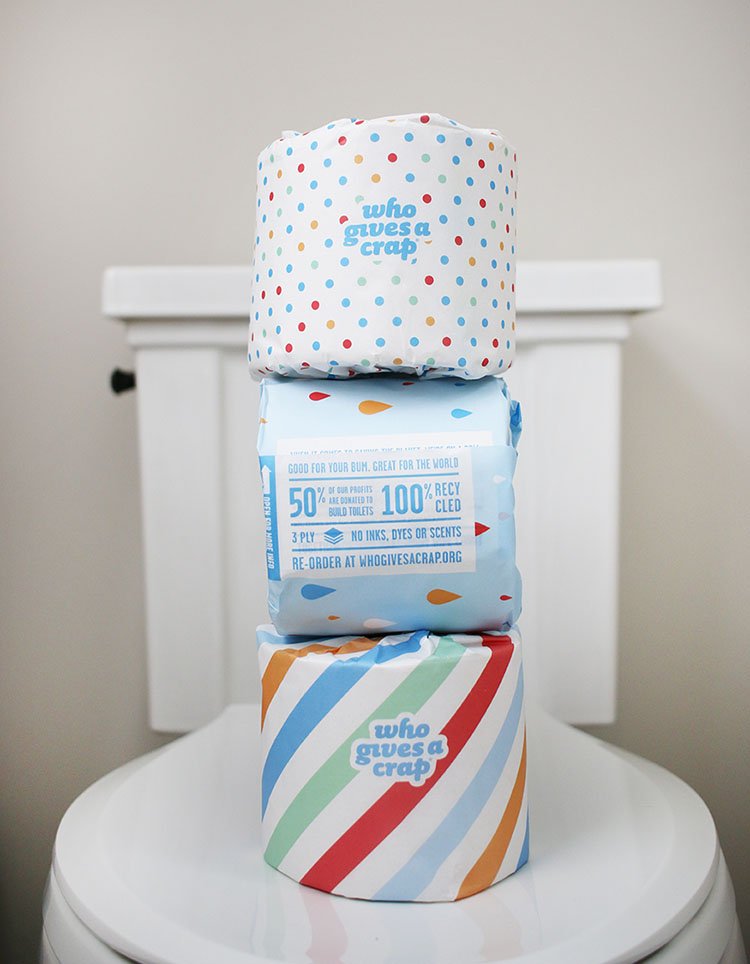
I had a change of heart when Who Gives a Crap toilet paper arrived on my doorstep. Who Gives a Crap adds a new dimension to the toilet paper aisle. The company produces its toilet paper with recycled products instead of virgin trees. It donates 50% of its profits to organizations that help provide clean water and toilets to communities around the world that would otherwise be without them. Additionally, the products are packaged and shipped without any plastic.
I also like that it’s shipped to my door. I don’t always remember to check my bathroom when I’m making my weekly grocery list in the kitchen (go figure), and I definitely don’t appreciate making a run to the store just for toilet paper. It’s also a bulky product, which was particularly problematic when we lived in the city and had to walk our purchases home.
I wondered if the product came at a higher price tag, particularly given that purchases are funding a social mission. I didn’t compare Who Gives a Crap (WGC) to every toilet paper brand at every store in my neighborhood because that would be ridiculous. More analysis paralysis. I did, however, compare pricing to the three alternatives I’m most likely to buy at Target. Here’s the deal:
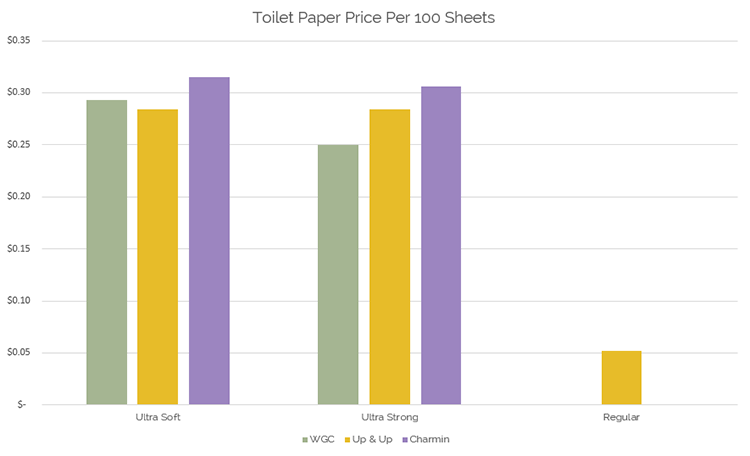
WGC has two types of toilet paper: Premium and Regular. I compared Premium to the Ultra Soft options from Charmin and Up & Up (the Target store brand). I compared the WGC Regular to the Ultra Strong alternative from each of the other two brands. Prices for Charmin and Up & Up came from the Target website when I did my research last week.
I also noted a single-ply “regular” alternative from Up & Up. It didn’t seem comparable to any of the other products in my analysis. I wanted to include it, however, for reference when someone might be solely driven by price over softness, durability or sustainability. I haven’t used it, so I can’t say exactly why it’s so much cheaper. But I’m betting that we would all use much more single-ply toilet paper than double or triple-ply (ply means layers). I suspect then that the cost savings aren’t nearly what they seem based on the chart.
Ply aside, WGC is priced right in line with its most direct competitors. The product itself isn’t quite as soft as the Up & Up and Charmin options, but the difference wasn’t significant enough to deter me from buying a more sustainable product for the same price. (And no one else in my house has complained either, which is likely the true test of quality comparison.)
All in all, exchanging hauling home large plastic packages of toilet paper for delivery of plastic-free recycled toilet paper to my door gets my vote. Further, with the subscription, I can set it and forget it. This small investment of time to set up the subscription is a great ROE, so I’m sold. Same price, easier process, and I’m a better steward to the environment and my community for it.
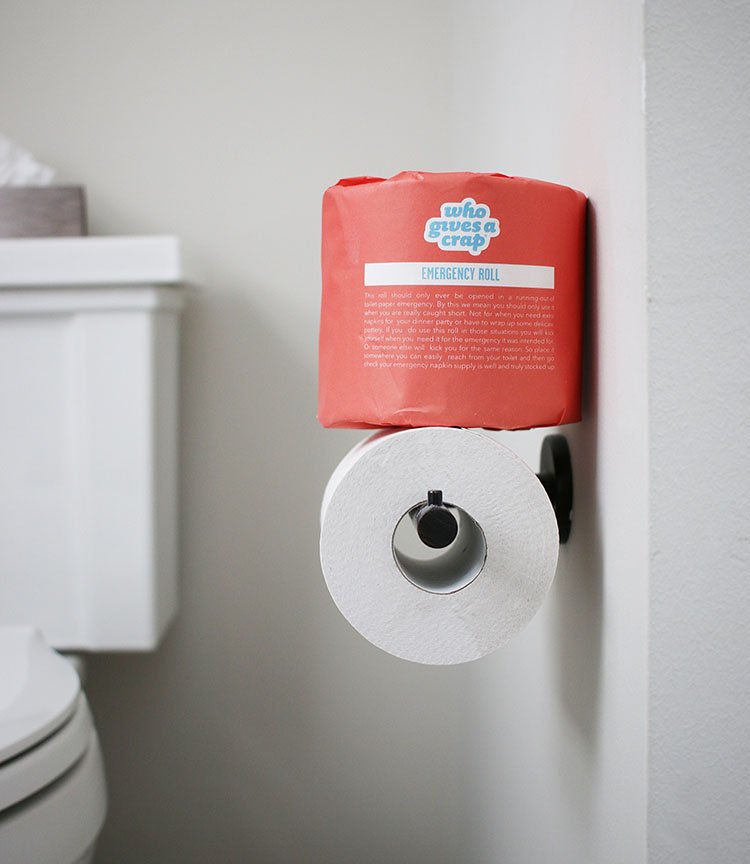
Ladies, This Section is For You (Guys, Feel Free To Skip)
Disposable feminine care products pile up in landfills. Some avid zero wasters take advantage of products like menstrual cups that make your period entirely zero waste. Even if you’re not there, which is totally understandable, many alternative products exist that limit the waste, the chemicals, and the stress of dealing with periods.
Ditch the tampons, at least in part.
My absolute favorite: Thinx underwear. This is hands down the best investment I’ve made in this arena. This underwear can replace or back up tampons, depending on the volume of flow. They feel, get washed, and look like regular underwear. Lady friends, these are godsends. I can’t recommend them enough!
They are a bit pricey initially, but you’ll recover your investment in no time. Forget leaks and embarrassing or emergency runs to a bathroom to check what’s going on down there. With the reduction in stress knowing that you’re not soiling more underwear or ruining a pair of pants, these things pay for themselves.
Furthermore, did you know periods impede girls from advancing in school? The company uses a portion of proceeds to provide feminine care products to girls in third world countries who don’t have such products. Without these products, girls often miss several days of school until their periods have passed, causing them to fall significantly behind in class. Supporting this mission has such a larger impact than simply making it a little easier to manage our own periods.
What’s in tampons anyway?
Do you pay attention to what you put in your mouth? How about the lotion you rub on your body? What about the tampon you stick inside of you? Government regulations don’t require feminine care product companies to disclose tampon ingredients, so they generally don’t. But don’t we want to know what’s going up there?!
A handful of companies sell 100% cotton and organic tampons made of natural materials and free of chemicals we might not want living in those parts of our bodies. Many even deliver monthly to your door, so you’ll never be scrambling for a tampon again. My favorite is LOLA. You can check out the entire post I wrote about them a couple of years ago, and I still use their products today.
This was a worthwhile switch for me, but LOLA products are undoubtedly more expensive than the mainstream alternatives on big box store shelves. If you’re particularly price-sensitive, this might not offer the right ROE for you.
Goodbye Old Products, Hello Clean Products
If you don’t use it, ditch it. Be honest with yourself, no matter how much it cost, who bought it for you, or how well-intentioned the purchase was.
Many health and beauty products have expiration dates, some of which aren’t entirely easy to find or decode. If it’s more than a year or so old, that’s a pretty good guideline that the product isn’t of much use anymore. Certain products, like makeup, may even start to grow bacteria in them. Toss them, and then be sure not to replace them with something else you’re unlikely to use.
Over time, replace cosmetics with more organic or more sustainable options. This transition can happen over many months or years; if you’re still using and loving a product, you may as well use it up. Finding the right brands of cleaner beauty products varies for each person, but apps like Think Dirty help decipher which brands are cleaner and offer some alternatives to the “dirty” products in our bathroom drawers.
Bath Toys are Gross, Am I Right?
If you have young kids, you probably have a bathtub overflowing with bath toys. No one needs bath toys. Free your bathroom from the clutter. You’ll thank yourself next time you take a shower in there.
Bath time doesn’t have to be boring just because you don’t have a boatload of toys. Our boys played with drinking cups, measuring cups and mixing spoons from the kitchen. We had one or two plastic airplanes in the tub that we got from a birthday party swag bag.
In my opinion, most bath toys are gross anyway. Over time, just about anything that can take in water accumulates nasty black crud in it that ends up in the bathtub. So gross! (At least that’s what happened to us…)
Short Showers Instead of Baths
If you’re up for it, trade bath time for showers, even for the kids. Our boys stopped taking baths regularly by 3 and 5 years old. Now, they shower (sometimes together, sometimes separate), have a couple of washcloths and old shampoo bottles as toys in the shower, get cleaned (with some help from us), and go on their merry way.
According to the Environmental Protection Agency (EPA), a shower uses 10-25 gallons of water while a bath takes up to 70 gallons of water. I suspect children’s baths don’t use quite that much water because the water level isn’t generally as high, but even a half-full bathtub still exceeds the water usage of a typical shower.
I need to follow my own advice when it comes to shortening my showers. I’m very guilty of taking long, hot showers because I enjoy them. For me, shorter showers don’t always meet my ROE criteria because I really don’t like quick, cool showers. But I think this is an area in which most people are more reasonable than me and will find it’s not so emotionally challenging to shorten showers.
The EPA says a standard showerhead uses 2.5 gallons of water per minute, so cutting out just one minute from each shower can save hundreds of gallons of water a year. That adds up if we all shortened our showers by one minute.
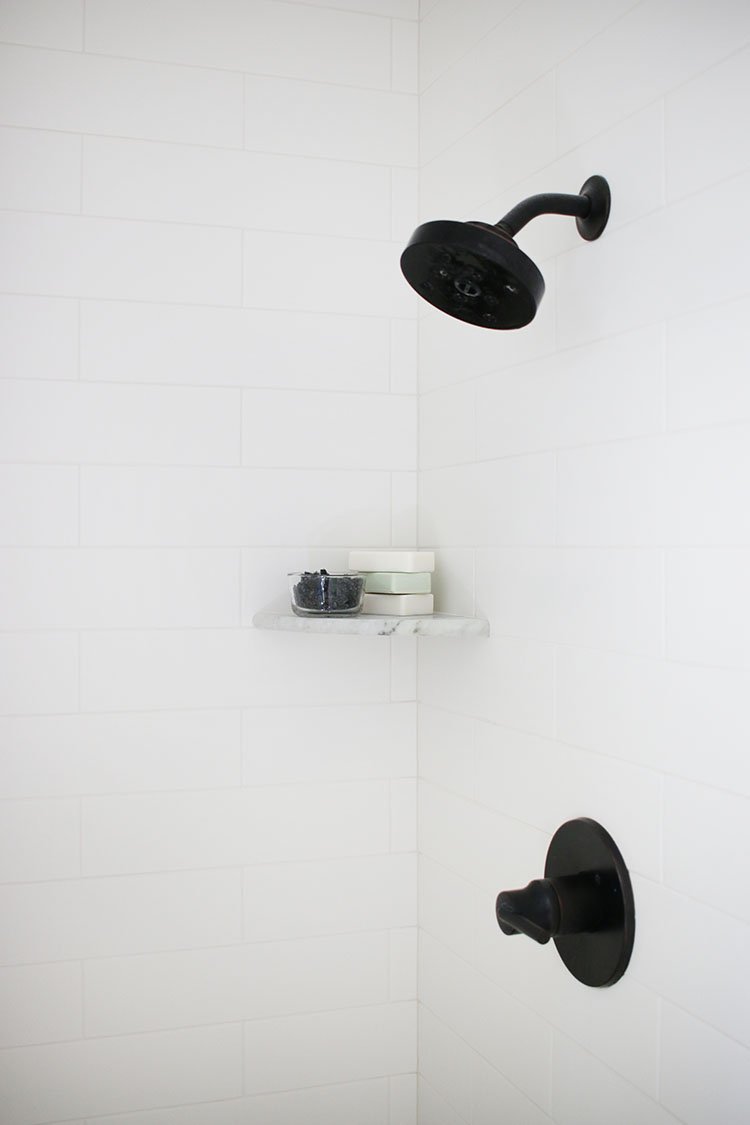
Efficiency Matters for Bathroom Fixtures
Consider if your bathroom fixtures are up to snuff.
Do you have a leaky toilet? You can find out by adding a drop of food coloring to the back tank of the toilet. If the color seeps through without flushing, you have a leak, and that could cost up to 200 gallons of water each day! If you hear your toilet running long after you flushed it, that’s another indication that something might be wrong.
The EPA has established a WaterSense label that indicates products like toilets, showerheads, and bathroom faucets that have slower flow rates, thus reducing water usage without changes in personal habits. Trading out existing fixtures, particularly if fixtures are older as those tend to have higher flow rates, and replacing them with WaterSense alternatives can drastically reduce water usage.
Faucet and shower head replacements can be inexpensive and quickly pay for themselves in lower water and water heating costs. Some faucets may only need the addition of a standard faucet aerator.
Sites like Amazon include WaterSense certifications in their product descriptions making them easy to find. The EPA also has a Product Search function on their site so you can refine your search by set criteria and find a specific product for which you might be searching.
Skip A Hair Wash (or two… or six)
If you wash your hair every day, you’re likely washing too often and creating more issues than you’re solving. Every person is different, so I realize this is a generalization, but consider these 5 reasons you might want to skip your next hair wash and how this beginner’s guide to dry shampoo can help you get there. Skipping hair washes saves money and resources by using less hair product and saves time, water, and energy with fewer washes and less styling.

Will Bar Soap and Sugar Scrub Do the Job?
I promised not to get into specific beauty products, and I won’t mention any brands. Consider, though, if bar soap and DIY sugar scrub can replace your loofah and shower gel.
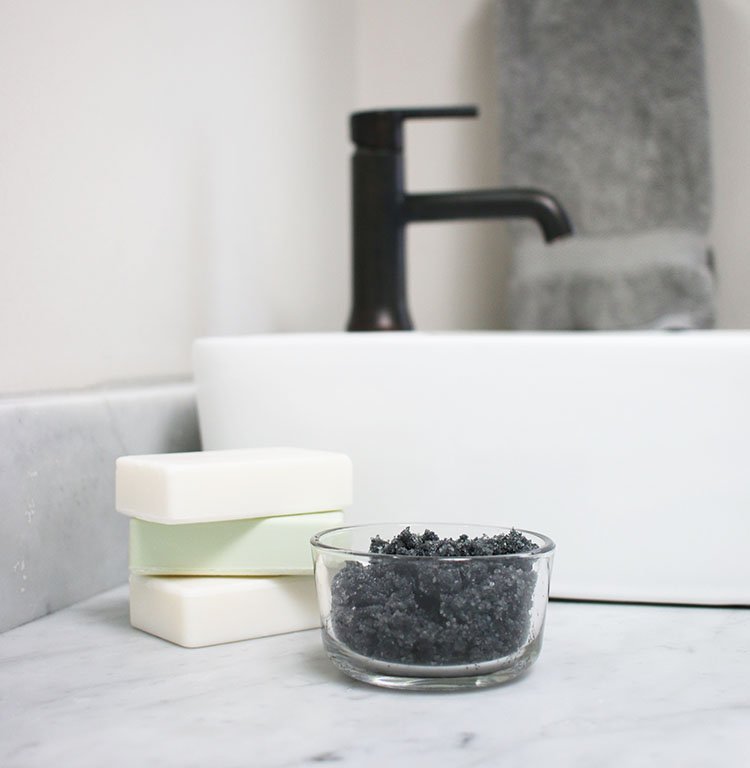
Loofahs are kind of gross. Natural loofahs can become wonderful hosts for bacteria in your steamy shower, just the thing you want to rub all over your body when you’re trying to get clean. Plastic mesh ‘loofahs’ aren’t much better, and the plastic isn’t doing anyone any good after it’s discarded. Shower gel comes in plastic bottles and typically includes lots of fragrances that have a tendency to dry out the skin and potentially be endocrine disruptors. Yuck!
Certain bar soap, on the other hand, is much kinder on the skin and can sometimes even be purchased without any packaging at all. I’ve shared my recipe for a DIY sugar scrub that I make periodically (in about 60 seconds) and really like. The sugar exfoliates, eliminating my need for a loofah, and the coconut oil moisturizes. Transitioning from a loofah and shower gel to bar soap and DIY sugar scrub has definitely offered a good ROE for me, so consider it if you’re still in the loofah/shower gel camp.
About Those Bath Towels
This may seem obvious to some, but most people don’t need to wash their towels after each use. We should be clean when we’re using them after all, right?
As for the towels themselves, use what you have until they’re no good anymore. When you’re in the market for new towels, we’ve been really happy with Boll & Branch. Boll & Branch makes towels and bedsheets from fair trade certified organic cotton. They follow their products closely throughout the supply chain to ensure products are made fairly, and they sell direct to consumers online (instead of in stores) to limit markups and keep prices comparable to similar products on the market.
When you do need to wash them, we use Meliora lavender laundry powder and wool dryer balls. We’ve been using both for quite a while. The dryer balls help clothes dry faster to reduce dryer time, which is good for the environment and for your clothes. The detergent has fewer toxins and also leaves less residue in the washing machine. With traditional laundry detergent, I had to use a tub cleaning tablet once a month or so to prevent smells in the washing tub. Since using Meliora detergent, I haven’t had to use that tablet at all because the detergent doesn’t leave any smelly residue or mildew.
Turn Off the Water When Your Not Using It
As evidence of my naivety, I recall seeing someone share this tip on Instagram a few months. I thought, “Really… are we still talking about this? Do people actually let the water run while they brush their teeth?!” I found out not long ago through some personal experience that it’s more common than I thought. So please, for the love of water, turn off the tap when you’re not using it!
A More Sustainable Bathroom Doesn’t Have to Drain Our Time or Financial Resources
Having a completely zero waste, fair trade, and clean beauty bathroom could take a considerable amount of time and cost a fortune, particularly if you’re spending lots of money trying out different beauty products. But many sustainable changes are really easy and will often save time and money.
Use less water. Take shorter showers. Throw out the bath toys with the bathwater. Put your tampon and toilet paper replenishment on subscription, and let someone else remember to pop them on your doorstep. Reward companies for being good stewards to our world with your dollars (if you were planning to buy such products anyway).
Then you can get back to juggling all those environmentally-friendly, socially responsible toilet paper rolls with your little one, because surely that’s what we’re all doing with all of our endless free time, right?
What’s your best tip for a great sustainable bathroom swap that earns you a good ROE?

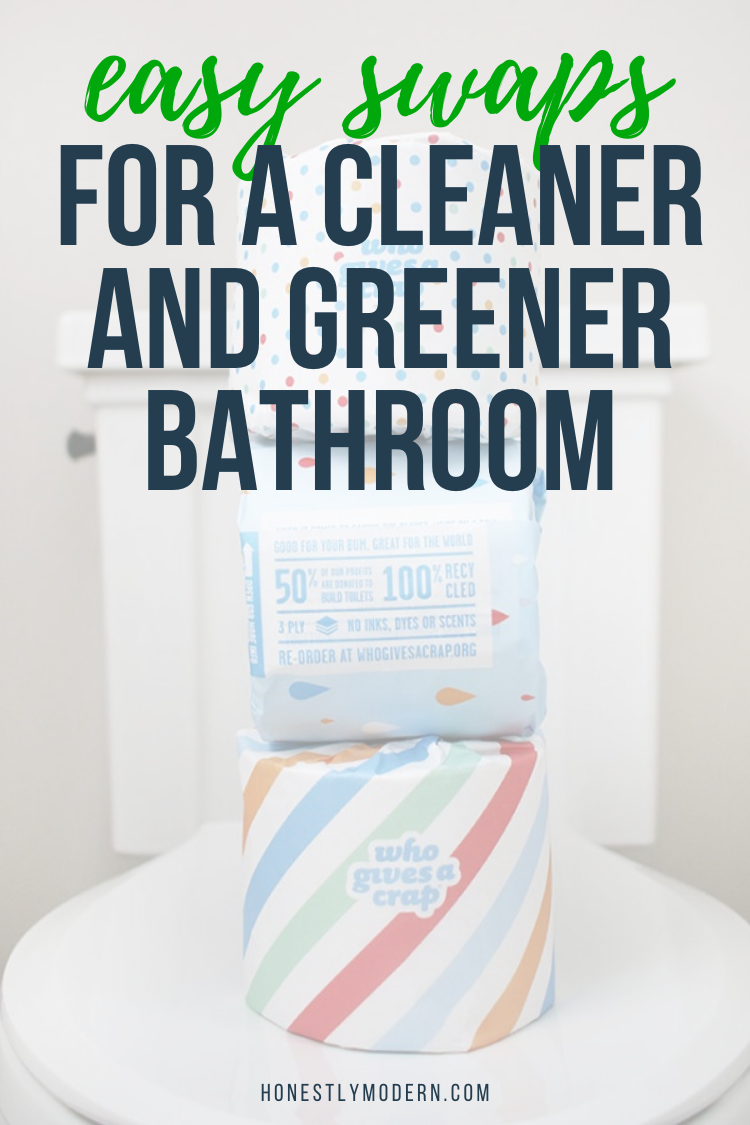

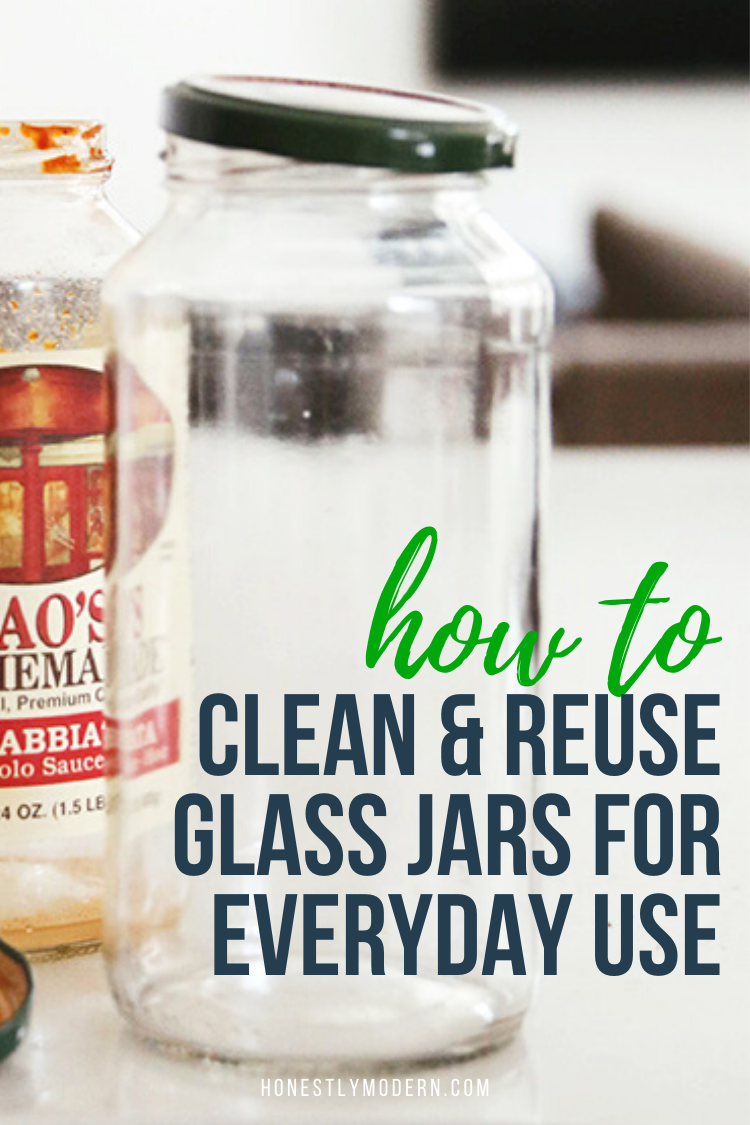
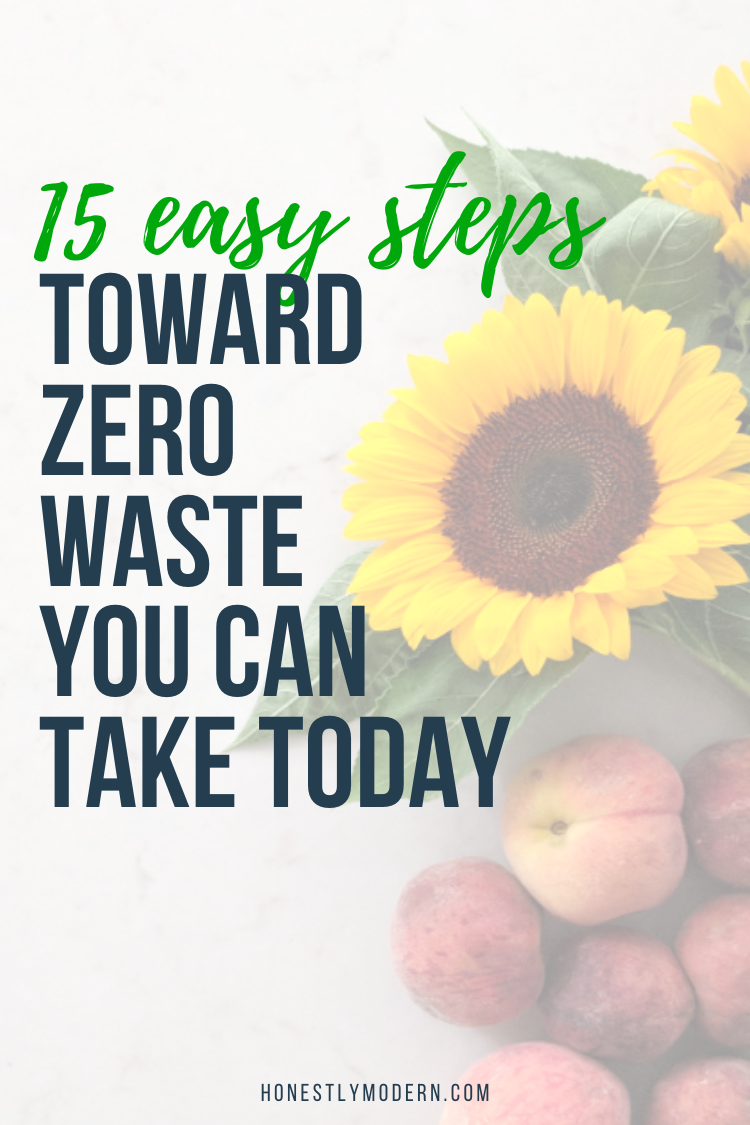
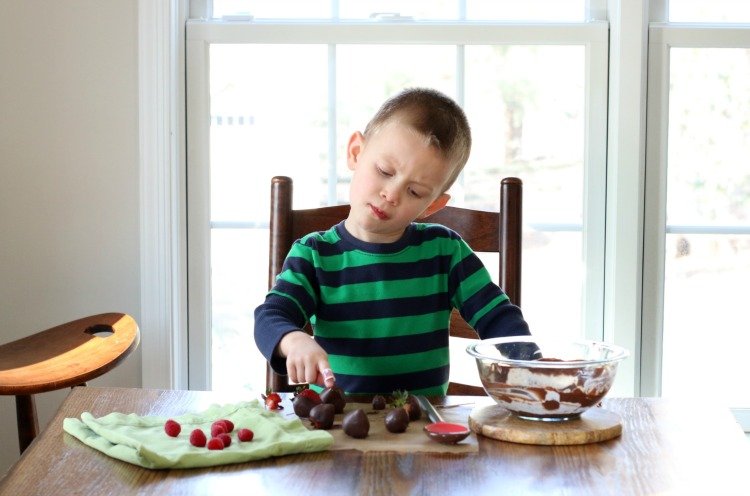
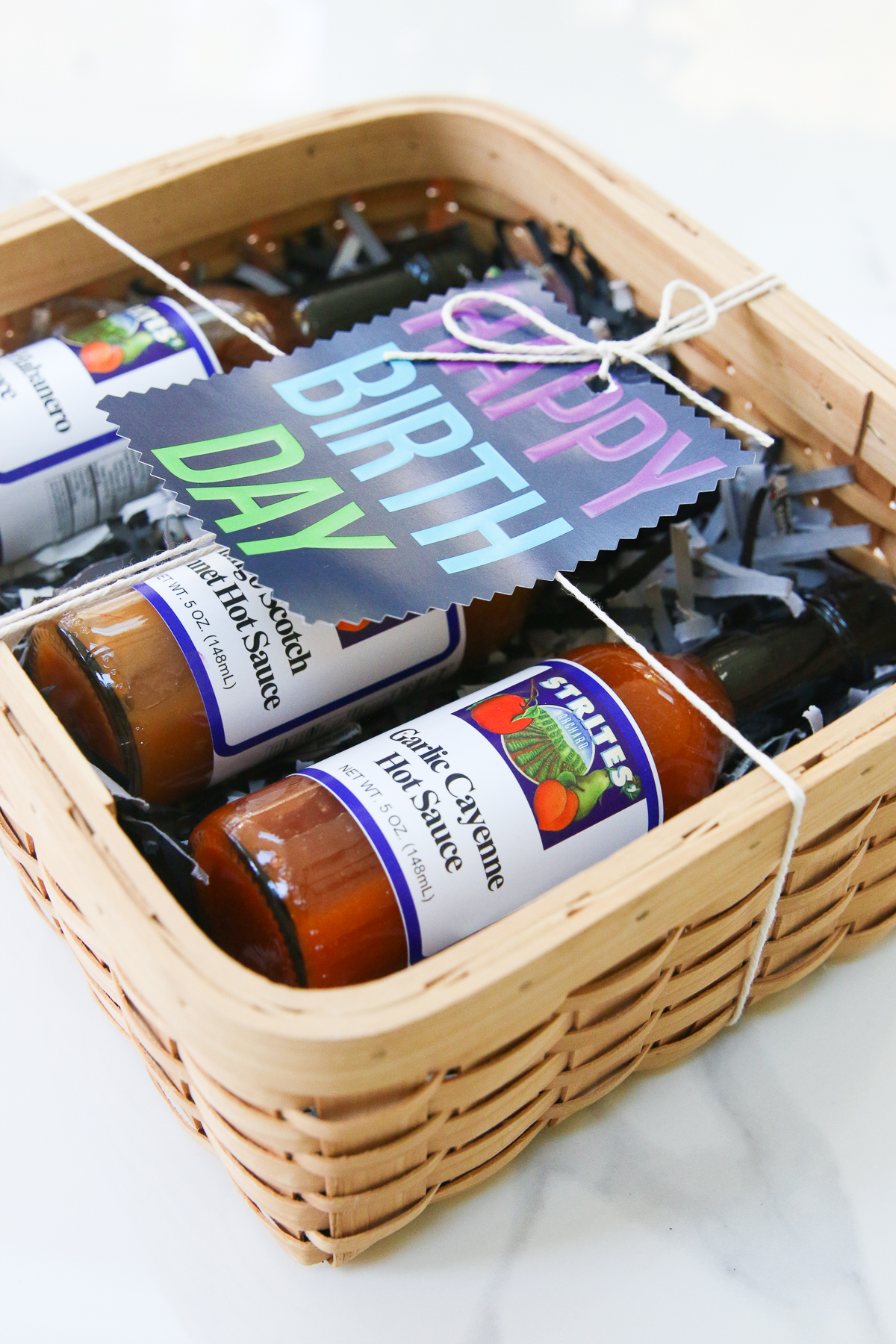
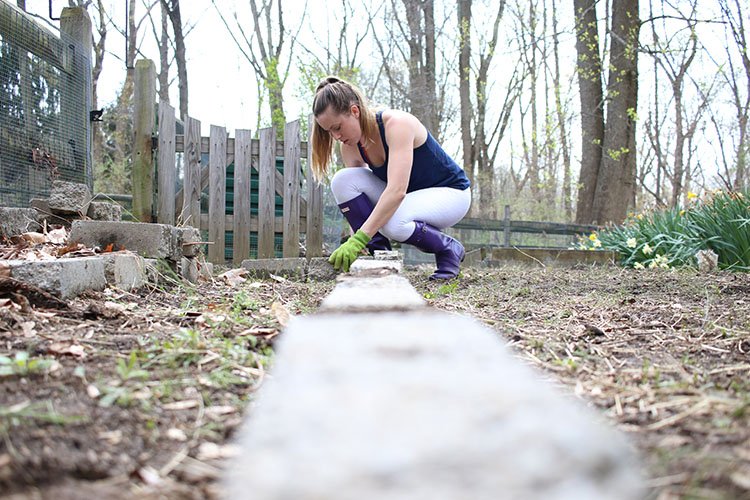
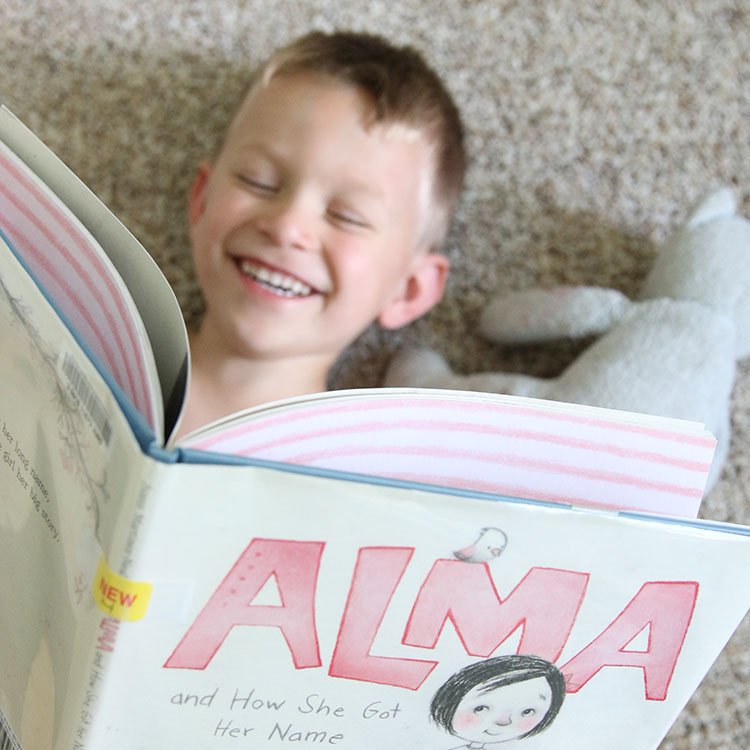
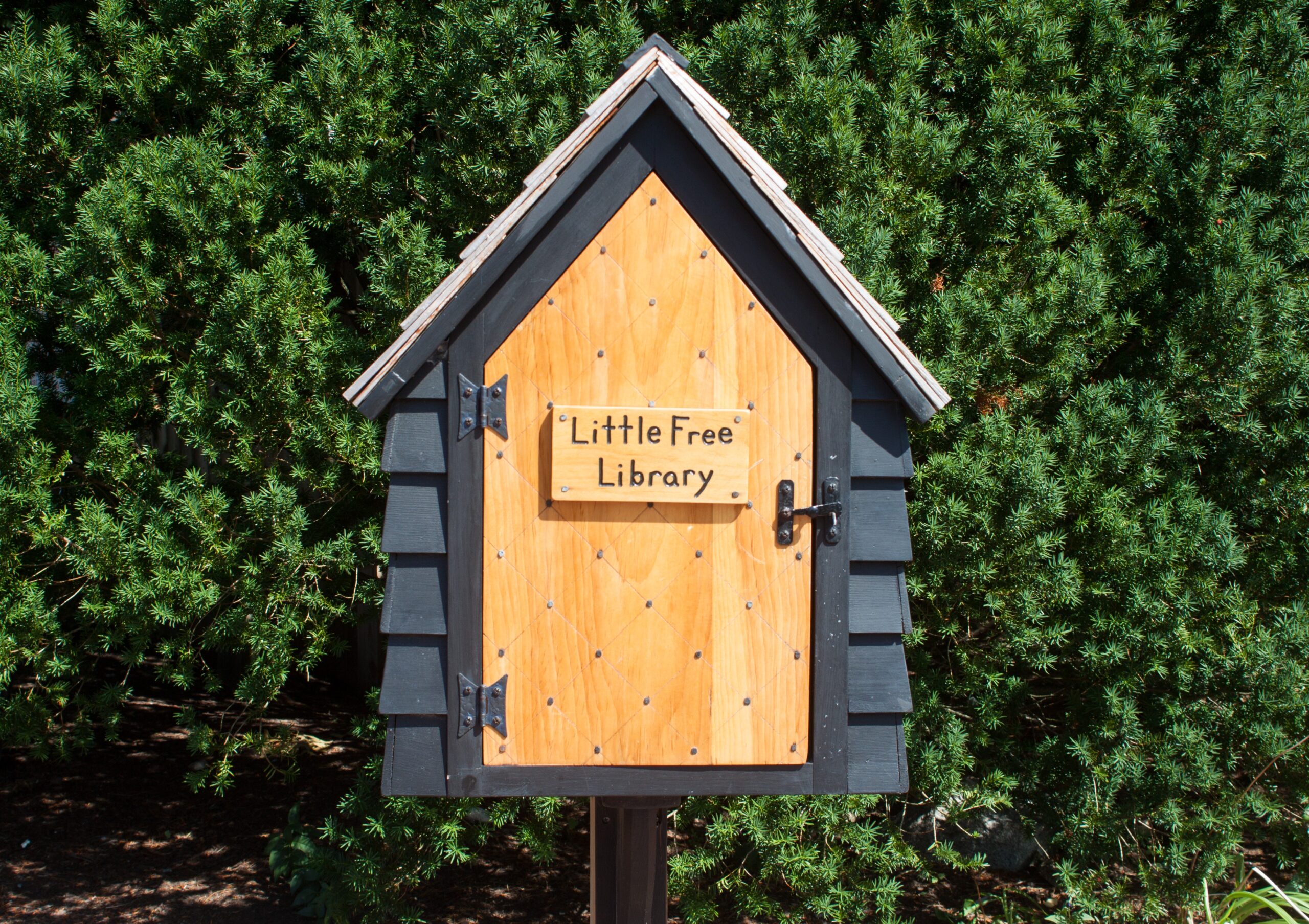
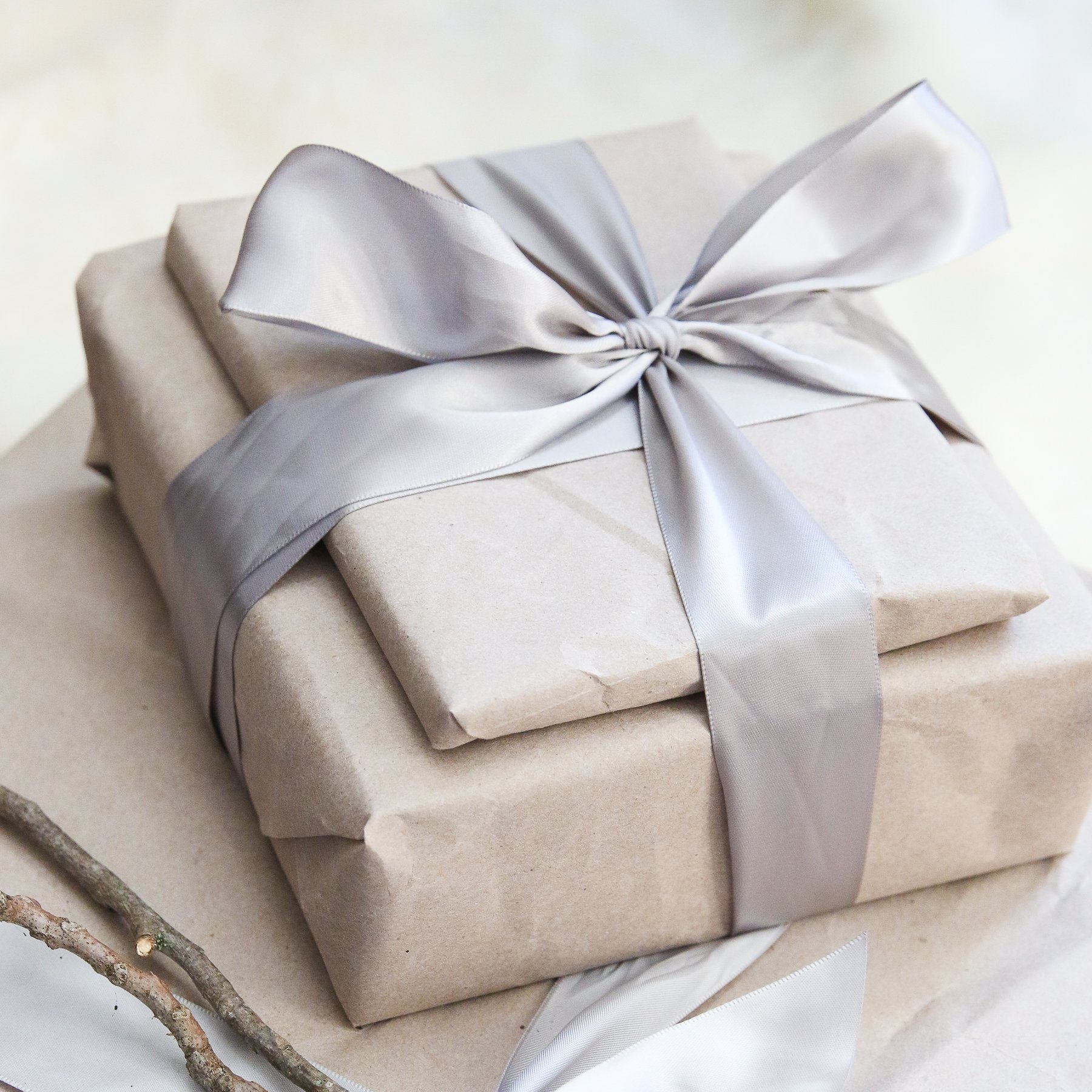

Thanks
These are wonderful The colors are very nice they match a lot They clean without hurting your skin just use the soft soap and your good to go … Get them & enjoy ….
This will help some.
Your suggestions are great. Will follow you. But someone uses bleach. And I don’t think it is a good idea to use bleach in the toilet brush container. Pine-sol would be better. If anyone accidentally gets bleach on a floor rug or her clothes, it could leave it discolored.
Hi Alisha. Thanks for the note. I’m not sure I understand the reference to bleach. Did I mention something in my post about it? I agree that bleach isn’t great. We don’t really use it in our house either. 🙂
I am snowed with your job. I liked over reading your blog post. Your blog has great information, and I got great ideas.
Thank you so much. I love hearing that and appreciate your comment!
Hey, I am new here. And I really enjoyed reading this article. This one is really informative and also have some great ideas about the bathroom cleaning. Will follow you. Thanks for the sharing such an informative article. Keep up with good work.
I am not sure whether your methods are effective, but it is true that we should make the bathroom more spacious and tidier. I had just left the cabinet, although it was as useful as you know, it actually made me keep more stuffs than ever before. Instead of a closet I encourage the use of a medium-sized basket to keep dirty clothes, and another one to store essential items in the bathroom.
Such an informative article. I will use this idea to clean and greening my bathroom. Hope this idea works well.
Very useful idea. I like this idea and apply this idea to clean my bathroom.
Thanks for your amazing tips.
Very useful tips. I apply this idea to clean and greener my bathroom and it works very sharply.
Thanks for your valuable tips.
What a bright idea! Everyone wants to see their bathroom clean but it’s not a very task. I got some good idea about cleaning and greening my bathroom its help me a lot for making a well design bathroom.
Thanks.
Glad to hear this was helpful!
Wow! This tips works.
I moved to a new bigger house with a big bathroom. I tried this ideas and the results were amazing.
Keep sharing these awesome tips.
Thanks. Glad they worked for you!
Awesome Article!
We all love clean and green bathroom. But it’s difficult. I love your tips. I’ll try.
Thank you